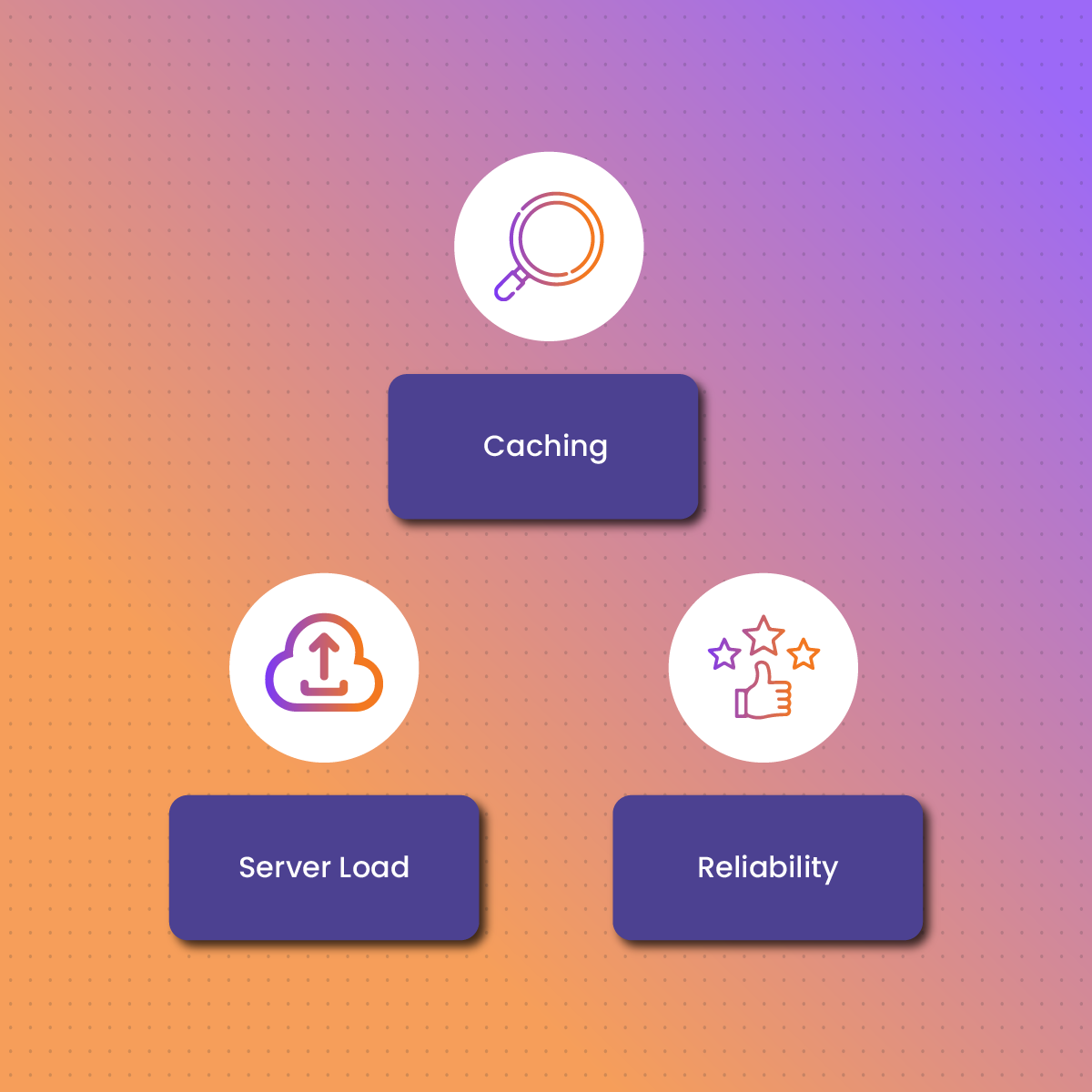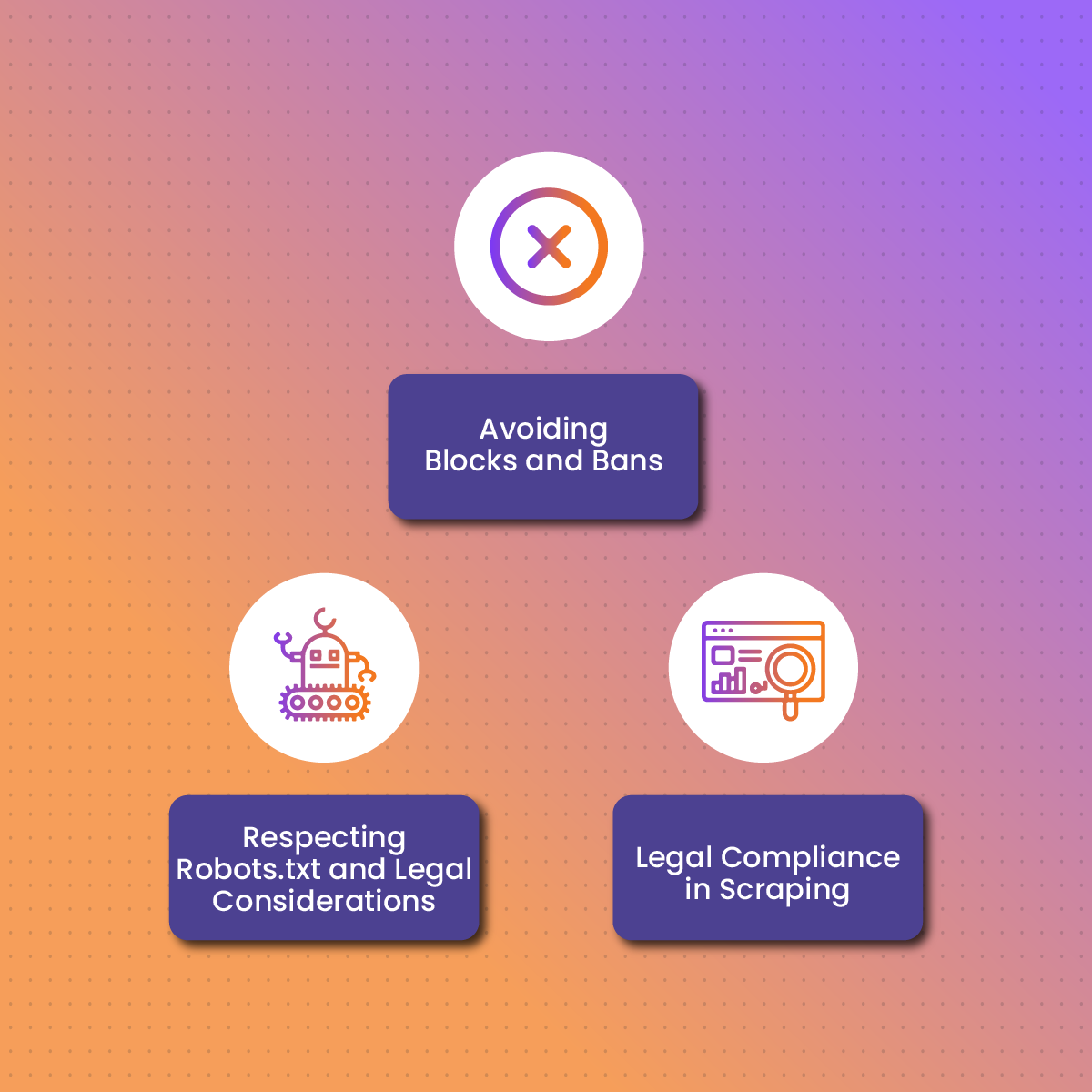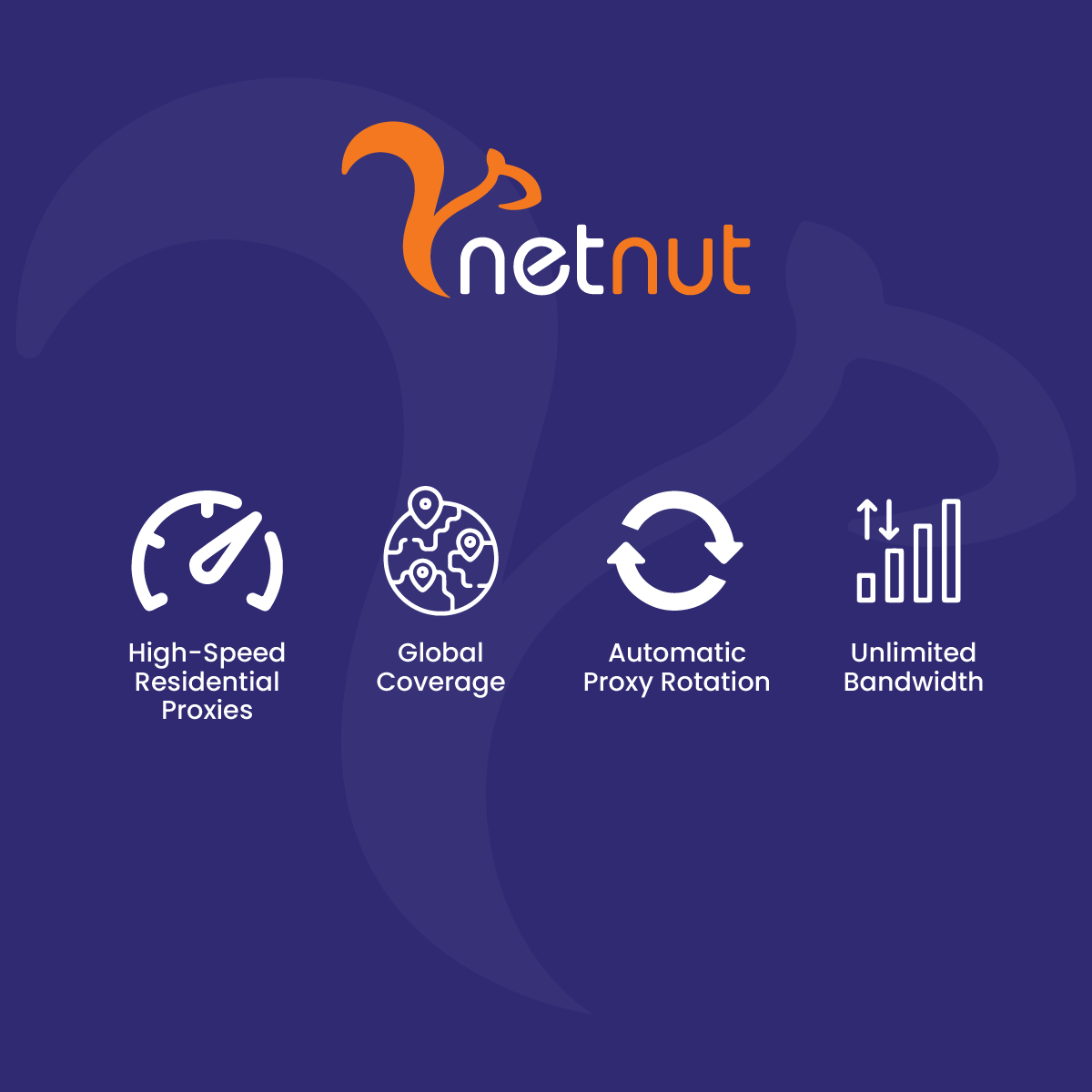Gstatic.com is a domain widely used by Google, and if you’ve ever used a web browser, there’s a good chance you’ve interacted with it without even knowing. It’s crucial to understand Gstatic.com’s purpose, as it plays a significant role in improving the performance of Google’s services and delivering content efficiently across the web. This article will dive into the specifics of what Gstatic.com is, why you might want to scrape it, and how to scrape it effectively using the right tools and strategies, including the use of residential proxies like those provided by NetNut.
When it comes to scraping any large service like Gstatic, understanding the importance of using proxies is key to avoiding bans, handling captchas, and maintaining anonymity. NetNut’s proxy solutions—whether residential, mobile, or datacenter proxies—are designed to facilitate smooth, efficient, and secure scraping. We’ll cover exactly why these are essential in this article.
Whether you’re a developer, researcher, or just curious about scraping Gstatic.com, this guide will help you understand the ins and outs, from ethical considerations to the best practices that keep your scraping activities undetected.
What is Gstatic.com?
Gstatic.com is a domain owned by Google that serves as a content delivery network (CDN) for various types of static resources. These resources include images, JavaScript libraries, CSS files, and other assets that do not frequently change. By hosting these resources on Gstatic.com, Google ensures faster load times for websites and apps, because these files are cached and delivered from servers located all around the world.
Purpose of Gstatic.com
The primary purpose of Gstatic is to improve user experience by delivering static content quickly and efficiently. Instead of each website needing to load resources directly from its own servers, Gstatic acts as a central hub that provides these assets. This speeds up the browsing experience because:
- Caching: Gstatic enables browsers to cache static resources locally, meaning users won’t have to reload the same files repeatedly when visiting different sites.
- Server Load: Websites using Gstatic can offload the burden of delivering resources to Google’s servers, reducing bandwidth costs and improving website performance.
- Reliability: By distributing static files across Google’s global CDN, Gstatic ensures these files are available with low latency, regardless of a user’s geographic location.
Gstatic is widely used across Google’s own products, such as Google Analytics, Google Fonts, and many other Google services. Additionally, third-party websites that integrate with Google services often utilize Gstatic for faster content delivery.
Is Gstatic.com Safe?
Gstatic.com is considered a safe and trusted domain because it is owned and operated by Google. The content delivered from this domain is intended to be used by millions of websites globally to improve user experiences by speeding up loading times.
However, some users might notice connections to Gstatic.com in their browser’s developer console or security software, raising questions about its role. Since Gstatic is used to deliver static content, it generally poses no security risk. However, like with any online service, it is important to monitor the data exchanged through your browser, particularly if you are concerned about privacy.
NetNut’s proxy services can help provide an additional layer of privacy and security when interacting with sites that connect to Gstatic by routing your requests through anonymous IP addresses. This is useful for users who want to maintain control over how their data is exchanged online.
Why Scrape Gstatic.com?
Scraping Gstatic.com might seem like an unusual idea at first, but there are various reasons developers, data analysts, and researchers may want to do so. The data hosted on Gstatic includes vital resources like images, stylesheets, and scripts, which could be valuable for:
- Competitive Research: Scraping resources like images or JavaScript from websites hosted on Gstatic may provide insights into how certain sites optimize their content for performance and SEO.
- Web Monitoring: Developers and analysts may want to scrape Gstatic-hosted files to monitor changes in assets such as JavaScript libraries, CSS, or fonts over time.
- Resource Aggregation: Some developers may need to collect large numbers of static files for testing, research, or reverse engineering purposes.
While scraping Gstatic can offer valuable insights, it’s essential to do so carefully and ethically, as large-scale scraping can trigger anti-scraping mechanisms, especially on a service managed by Google.
This is where using NetNut’s residential proxies becomes crucial. By rotating your IP addresses and spreading out your requests, you can minimize the risk of being blocked by Gstatic’s servers. With a global network of high-quality residential IPs, NetNut ensures that your scraping activity remains undetected and efficient.
How to Scrape Gstatic.com
Now that we’ve explored what Gstatic is and why you might want to scrape it, let’s dive into the actual process of scraping Gstatic.com. Scraping involves extracting data from websites or services, which can sometimes trigger anti-scraping technologies, especially on well-protected domains like Gstatic. However, by using the right tools and strategies, you can scrape Gstatic efficiently without getting blocked.
Step-by-Step Guide to Scraping Gstatic
Here’s a basic guide to get started with scraping Gstatic:
- Choose Your Scraping Tool:
- Use a web scraping framework like Scrapy or a library like BeautifulSoup or Selenium for automating your scraping tasks.
- Ensure that you set up the tool to handle large volumes of static resources, including images, CSS, and JavaScript files.
- Use Proxies to Avoid Detection:
- Google’s servers, including those powering Gstatic, are known for their advanced anti-scraping technologies, which include monitoring for unusual traffic patterns and blocking IP addresses that send too many requests in a short time.
- To avoid being blocked, use NetNut’s residential proxies to rotate your IP addresses and spread out your requests over time. This helps mimic organic traffic and makes your scraping more effective.
- Respect Robots.txt:
- Always check the robots.txt file of Gstatic (if any) to understand what sections of the site can and cannot be scraped. Ignoring robots.txt guidelines could lead to legal issues and may result in your IP being blacklisted.
- Implement Delays Between Requests:
- Adding small delays between your scraping requests can further reduce the likelihood of detection. This simulates real user behavior and helps avoid overwhelming the servers.
- Monitor Your Activity:
- Track the success and failure of your scraping attempts. Google can temporarily or permanently block IPs that show suspicious activity, so it’s essential to regularly check that your requests are still being processed.
Best Practices and Tips for Scraping Gstatic.com
Avoiding Blocks and Bans
Scraping Gstatic.com can be a tricky task because Google employs sophisticated anti-scraping measures. If you don’t follow best practices, your IP might be blocked, and your scraping activities will come to a halt. Here are some important tips to avoid this:
- Rotate IP Addresses: One of the easiest ways to avoid being blocked is to rotate your IP addresses, which can be done automatically with a proxy provider like NetNut. By using residential proxies, your requests will appear to come from multiple users across different geographic locations, reducing the chance of detection.
- Respect Rate Limits: Don’t flood Gstatic’s servers with rapid-fire requests. Implement controlled delays between requests (e.g., 1-5 seconds). This mirrors natural user activity and keeps you under Google’s radar.
- Randomize Headers: Randomizing headers like User-Agent, Referer, and Accept-Language in your requests helps make your scraper less predictable.
- Use Proxy Rotation: With NetNut’s rotating residential proxies, you can automatically switch between different IP addresses on each request, or after a set number of requests. This prevents overloading a single IP and getting it blocked by Gstatic’s servers.
Respecting Robots.txt and Legal Considerations
Before scraping any website, including Gstatic.com, it’s essential to check the site’s robots.txt file. This file provides rules about which pages can and cannot be crawled. Here’s how you can access the robots.txt file:
- Navigate to https://www.gstatic.com/robots.txt
Review the guidelines and ensure you are not scraping any restricted sections of the site. Ignoring these guidelines can not only result in your IP being banned but also expose you to potential legal issues.
Legal Compliance in Scraping
While scraping is a common practice, it’s important to operate within legal boundaries. Be aware of Google’s terms of service regarding automated data collection, and avoid scraping data that you do not have permission to access. To remain compliant, consider:
- Scraping only publicly available data.
- Using scraping tools responsibly without overloading servers.
By using NetNut’s proxies, you can ensure that your scraping is more sustainable and stays within the limits of what is permitted.
Common Challenges When Scraping Gstatic.com
Scraping Gstatic.com may present several challenges due to Google’s anti-scraping mechanisms. Here are some common obstacles you might face, and how to overcome them:
Anti-Scraping Measures
Google employs several anti-scraping technologies that can make it difficult to extract data from Gstatic.com. Some of the common measures include:
- IP Blocking: Google can detect and block repeated requests from the same IP address, especially when the requests are coming too quickly. To avoid this, using NetNut’s rotating residential proxies ensures that your requests come from different IPs, reducing the risk of being blocked.
- CAPTCHA Challenges: Google may trigger CAPTCHAs (those “I am not a robot” tests) to block bots. To work around this, you can use CAPTCHA-solving services or adjust your scraping speed and frequency to avoid triggering CAPTCHAs altogether.
Handling Captchas and Blocks
When you encounter Captchas, you can use services that automate CAPTCHA-solving to avoid interruption. Alternatively, slowing down your scraping speed, randomizing your requests, and using rotating proxies can help avoid triggering these challenges.
With NetNut’s premium residential proxies, you gain access to a vast pool of IPs, minimizing the chances of Captcha blocks. The high rotation and geographic distribution of NetNut proxies ensure that your scraping requests appear more natural.
How NetNut Can Help with Scraping Gstatic.com
When scraping large-scale services like Gstatic.com, one of the most important factors to consider is reliability and anonymity. This is where NetNut’s proxy services can play a pivotal role in ensuring that your scraping operations are smooth and undetected.
Advantages of Using NetNut for Gstatic Scraping
- High-Speed Residential Proxies: NetNut offers fast, reliable residential proxies that are perfect for bypassing Google’s sophisticated anti-scraping measures. These proxies route your requests through real residential IP addresses, making it appear as though the requests are coming from real users.
- Global Coverage: With NetNut, you can choose proxies from different locations worldwide, allowing you to test how content is served across various geographic regions. This is particularly helpful if you need to scrape Gstatic content that may differ depending on the user’s location.
- Automatic Proxy Rotation: NetNut’s automatic proxy rotation ensures that your IP address is switched regularly, reducing the risk of getting blocked by Gstatic’s servers. This allows you to scrape consistently without interruptions.
- Unlimited Bandwidth: NetNut provides unlimited bandwidth, which is critical when dealing with large-scale scraping projects, ensuring that you can extract all the data you need without worrying about hitting data limits.









